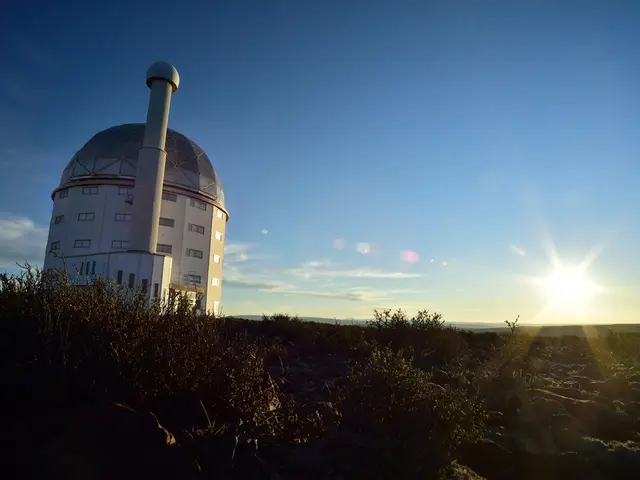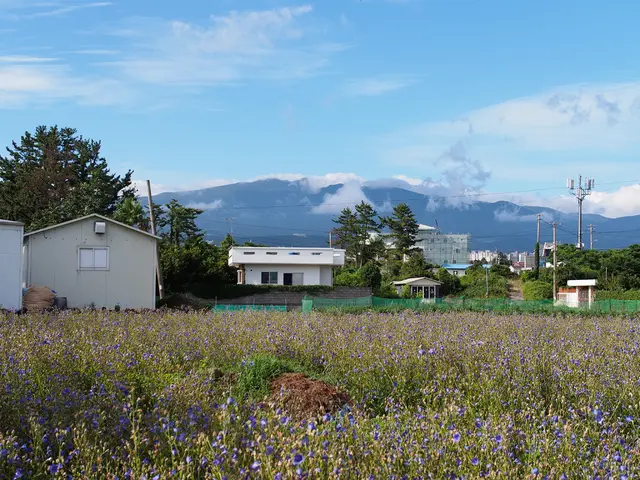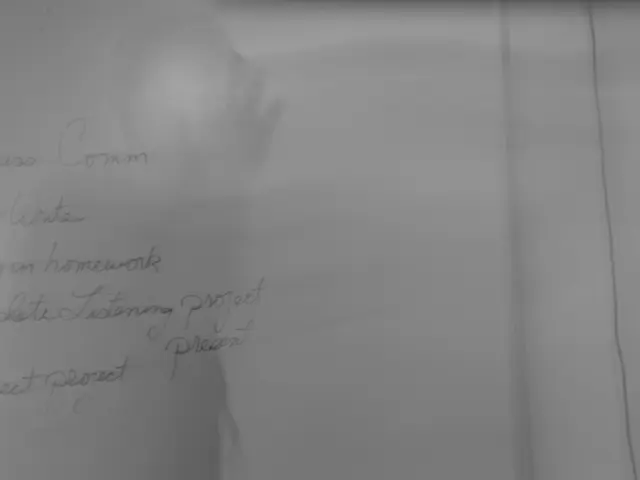Trump Administration Obstructs Indigenous Renewable Energy Initiatives
In a recent development, the Alliance for Tribal Clean Energy (ATCE) has raised concerns about a memo issued by the Department of Interior (DOI) that could potentially impact clean energy projects on Tribal lands.
The memo, which requires a multi-layered review and approval process for wind or solar projects on federal land, has been criticised by the ATCE as a potential barrier for Tribes looking to develop clean energy projects. Dr. Crystal Miller, who leads policy and government relations for the ATCE, described the memo as a "re-institutionalization of paternalism over Tribal Nations."
The Bureau of Indian Affairs (BIA) under the U.S. Department of the Interior oversees tribal clean energy projects outside the standard Interior memorandum list for federal wind and solar projects. This distinct review and approval process, which can increase complexity and timeline for funding approval, critically impacts project financing.
Tribal communities endure 6.5 times more outages than the national average, making reliable energy a significant issue. Major sources of federal funding for clean energy projects on Tribal lands include the EPA's Solar For All program, the Grid Deployment Office's Tribal Transmission Infrastructure Planning Program (T-TIPP), and the Grid Resilience Formula Grant established under the Bipartisan Infrastructure Law.
However, the federal Bureau of Indian Affairs issued a solicitation for proposals for energy and mineral resource projects, with $8.5 million available for up to ten projects. Yet, only one Tribe applied for funding to build clean energy under this program. The ATCE attributes this low participation to the DOI memo and its potential impact on project funding.
The Grid Resilience Formula Grant offers $2.3 billion over five years for grid resiliency projects, but funds for the remaining two years and about $1 billion are currently in limbo. The National Renewable Energy Laboratory, which operates the Grid Resilience Formula Grant program, has not provided updates on the next round of funding, which was expected to open by February 2025.
The Government Accountability Office recently recommended changes to federal procedures to reduce barriers for Tribes developing energy projects, specifically focusing on the DOE Tribal Energy Financing Program. The ATCE is discussing alternative sources of funding for clean energy projects on Tribal lands, as they were accustomed to seeing grant opportunities coming from the federal level.
Solar projects, both community-scale and rooftop, are often the most accessible forms of energy for a Tribe to build, directly reducing utility bills and in some instances, providing electricity for the first time. From a Tribal perspective, the memo makes it harder for Tribes to meet timelines for federal grants and tax credits, which are crucial for many Tribal clean energy projects.
As of January, there were at least 48 wind, solar, and generator tie line projects proposed on public land, totaling 25.4 gigawatts of power. The ATCE is calling on the Department of Interior to clarify that Tribes are not included in the new review requirements for wind or solar projects on federal land.
The uncertainties surrounding federal funding for clean energy on Tribal lands and the potential impact of the DOI memo are causing some Tribes to be discouraged from applying for funding opportunities. The ATCE is hopeful that alternative sources of funding can be found to support these crucial clean energy projects.
Read also:
- EU's Role in Brazilian Rainforest Destruction
- Solar Shutdown: Merz Proposes Billions of Gas Discharge - Reverse Plan
- New guidelines for NEPA processes unveiled by federal agencies, in alignment with Executive Order 14154 and the Seven County Decision of the Supreme Court
- Central Illinois grapples with concerns over carbon capture technologies








